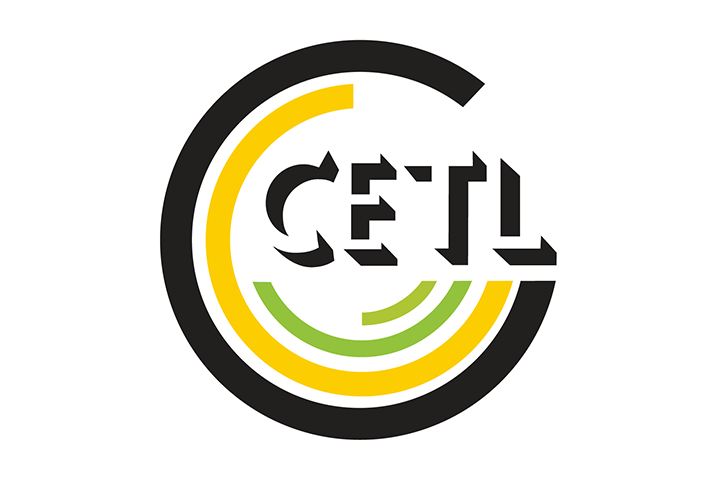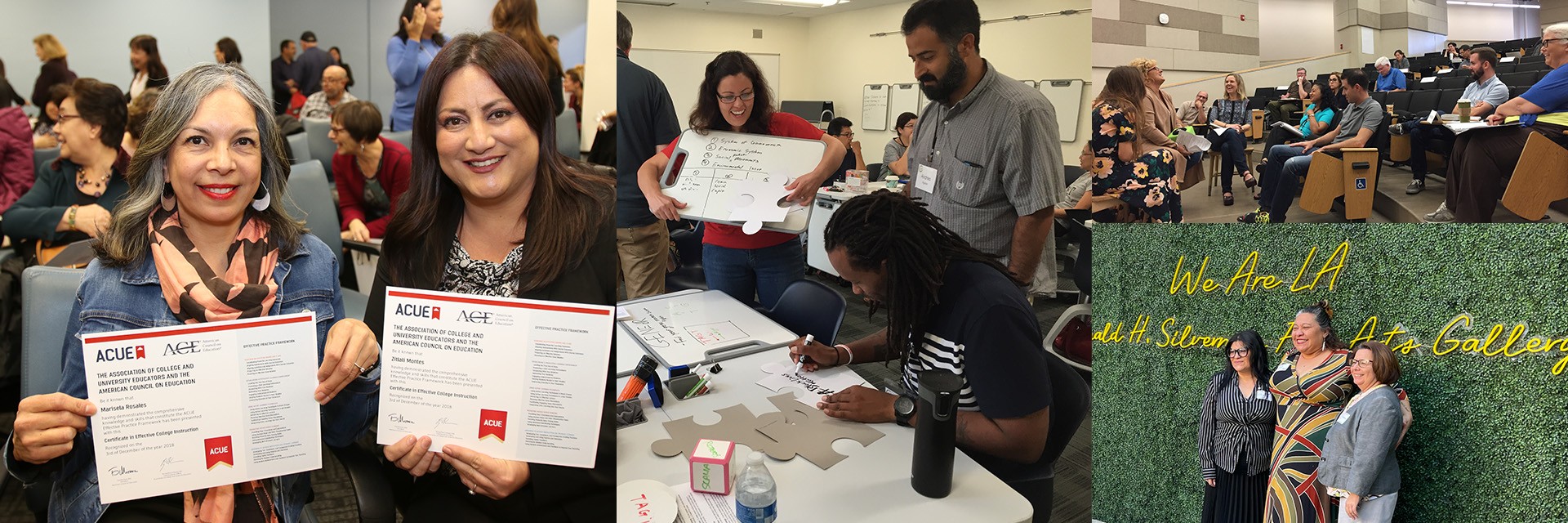Overview
The Transparency in Learning and Teaching framework, or TILT, is an ongoing research project and community focused on the improvement of higher education teaching and learning for both faculty and students. TILT activities focus on both, "Promoting students' conscious understanding of how they learn," and "Enabling faculty to gather, share and promptly benefit from current data about students' learning by coordinating their efforts across disciplines, institutions and countries."
Why Use TILT?
Have students ever told you or said, "I don't know what to do for this assignment?" Or are you having more students turn in exactly the opposite of what you asked for? Then TILT might be able to help. By focusing on the how and why of learning and assignments, TILT aims to close the equity gaps and challenges that are faced by first-generation, historically under-represented, and minoritized students. The process or templates of TILT do this by promoting a way of unpacking, or making apparent, the hidden-curriculum of courses. By describing the Purpose, Task, and Criteria for Success of any given assignment, students have a better access to the material and opportunity to succeed. And that in turn, helps make our courses easier to teach.
For more about current state of the TILT project, explore their site: tilthighered.com
For more examples of Transparent Assignments and their design, please explore the resources at TILT Higher Ed's Resources page.

TILT at CETL
As a center, we like to bring our faculty the most effective, high impact practices we can. The data from TILT shows that applying their template for instructions with assignments, can improve access and equity in our classes. To make this easier, we've created several TILT style templates for you to use and explore.
TILT Assignment Framework
Structure your assignment instructions using the following four sections.
Purpose
Start with a statement describing the purpose of this assignment. In a short narrative, define the learning objectives, in language and terms that help students recognize how this assignment will benefit their learning.
Tasks
Define what activities the student should do/perform.
- Step 1
- Step 2
- How you will submit:
Submission Format
Give students specifics on what they should submit, for instance:
- Please submit your assignment by uploading a Microsoft Word Document or a PDF file.
- Please type your assignment directly into Canvas using the online text option.
Criteria for Success
Define the characteristics of the finished product. Explain how excellent work differs from adequate work. Provide students a checklist of characteristics of successful work. This enables students to evaluate the effectiveness of their own efforts while they are working and to judge the quality of their completed work.
Indicate how many points this in class activity is worth, whether this activity will be graded and/or how it factors into the student’s overall grade for the course. Provide a transparent grading rubric. This gives students clear criteria for your expectations and how the assignment will be evaluated.

